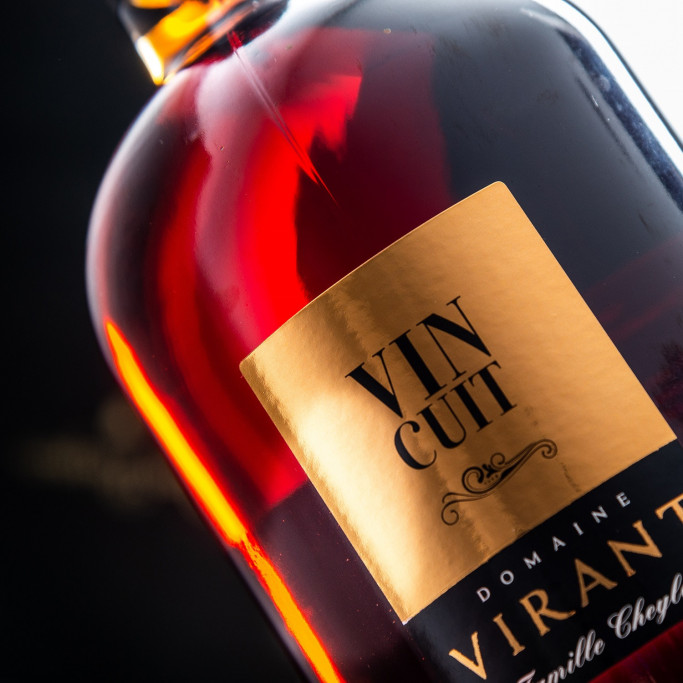



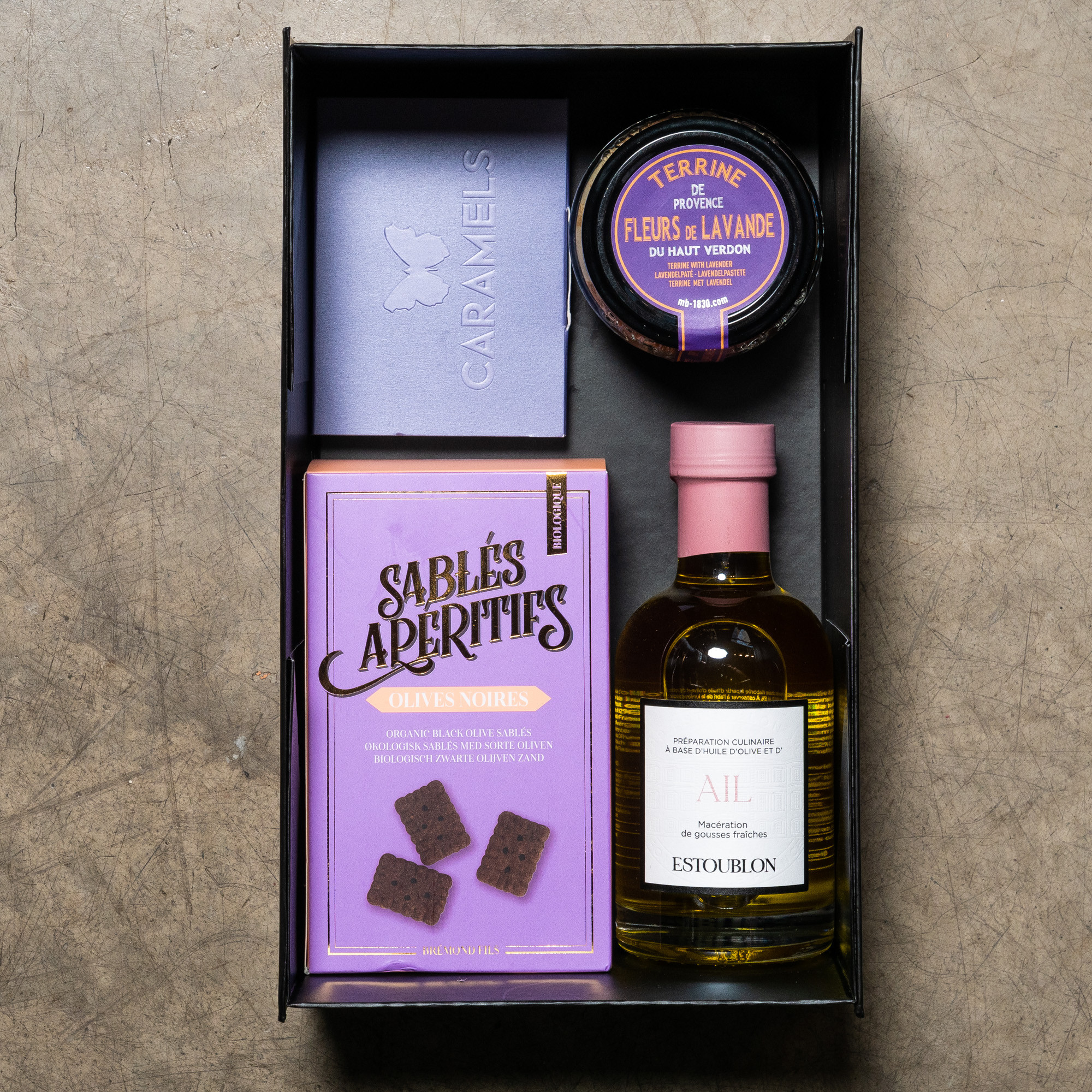
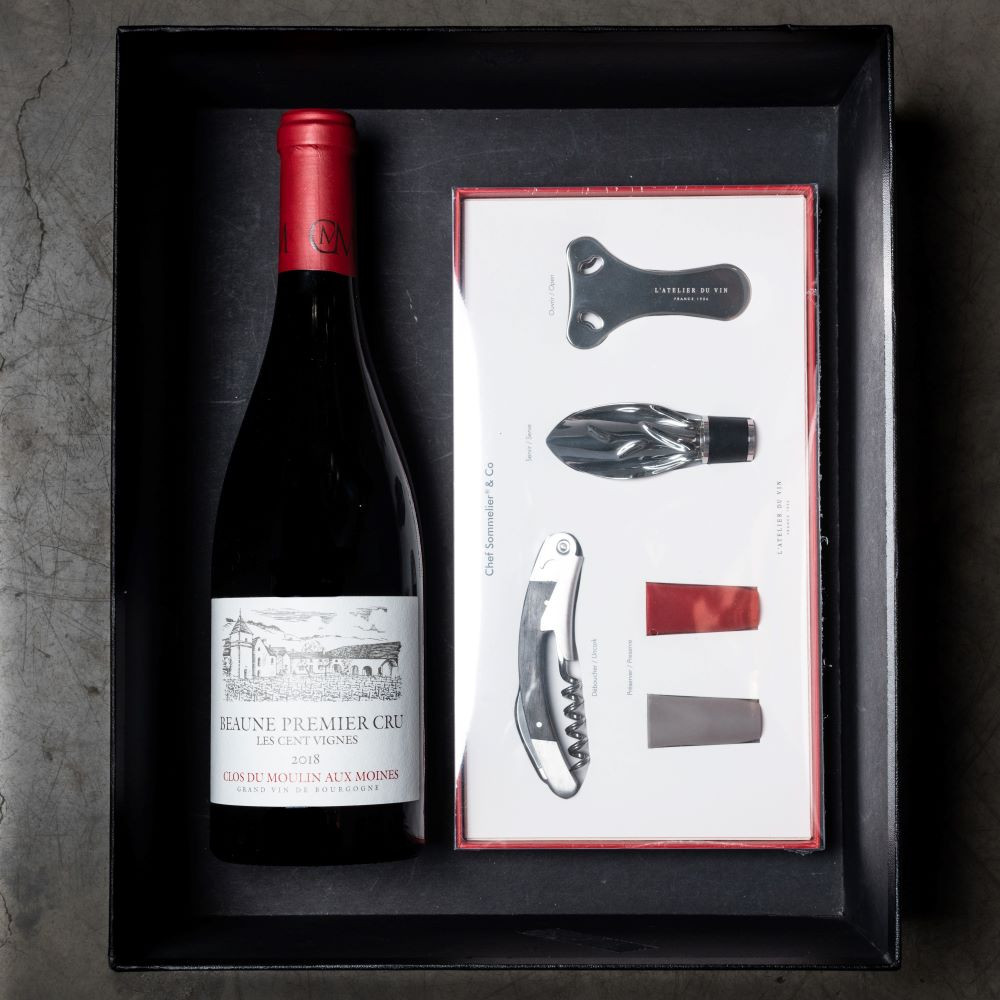
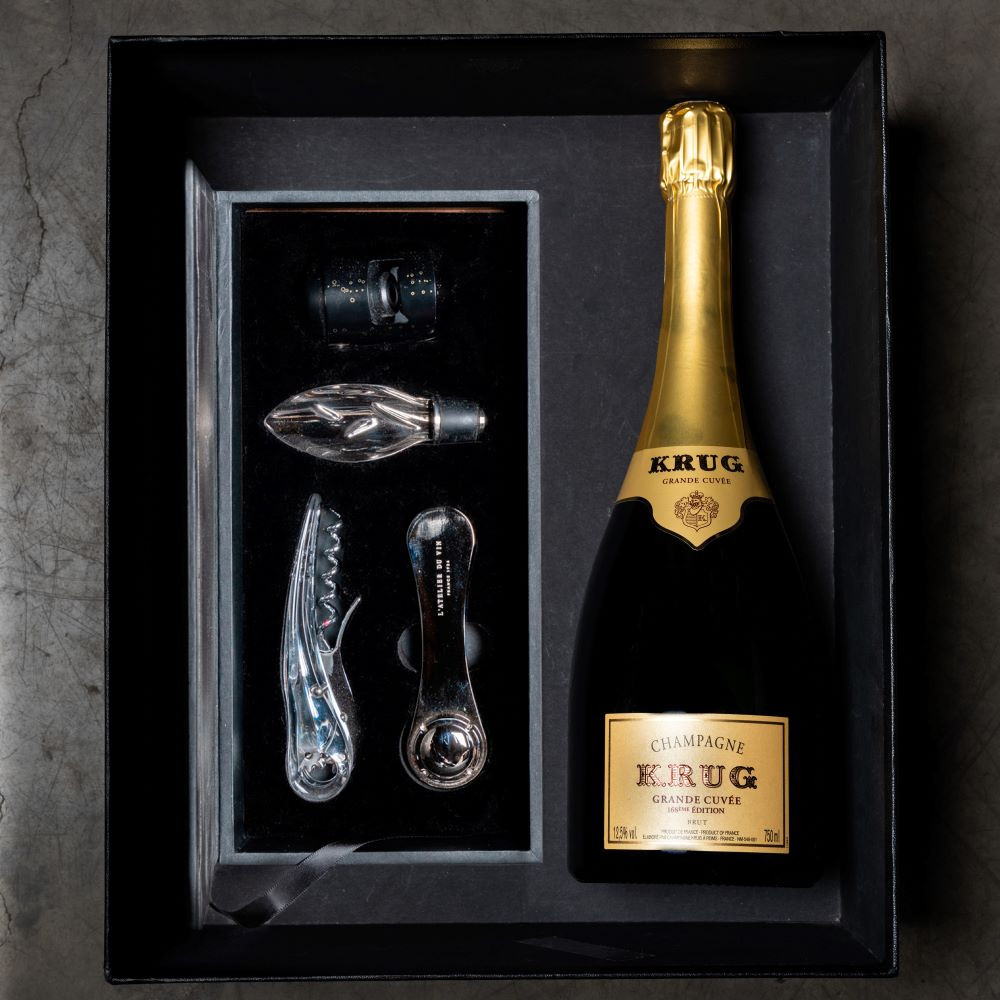
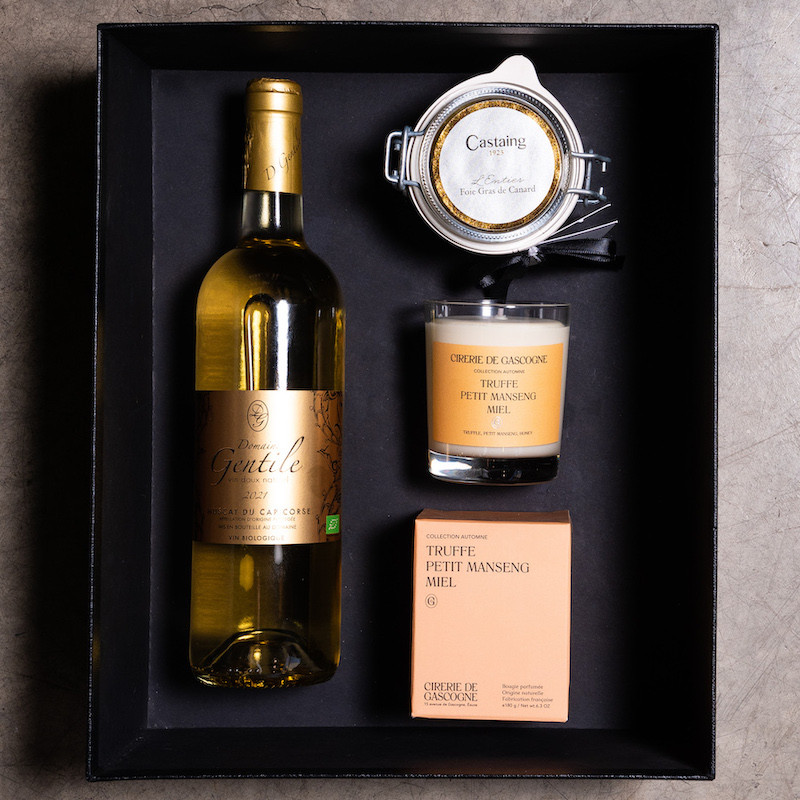
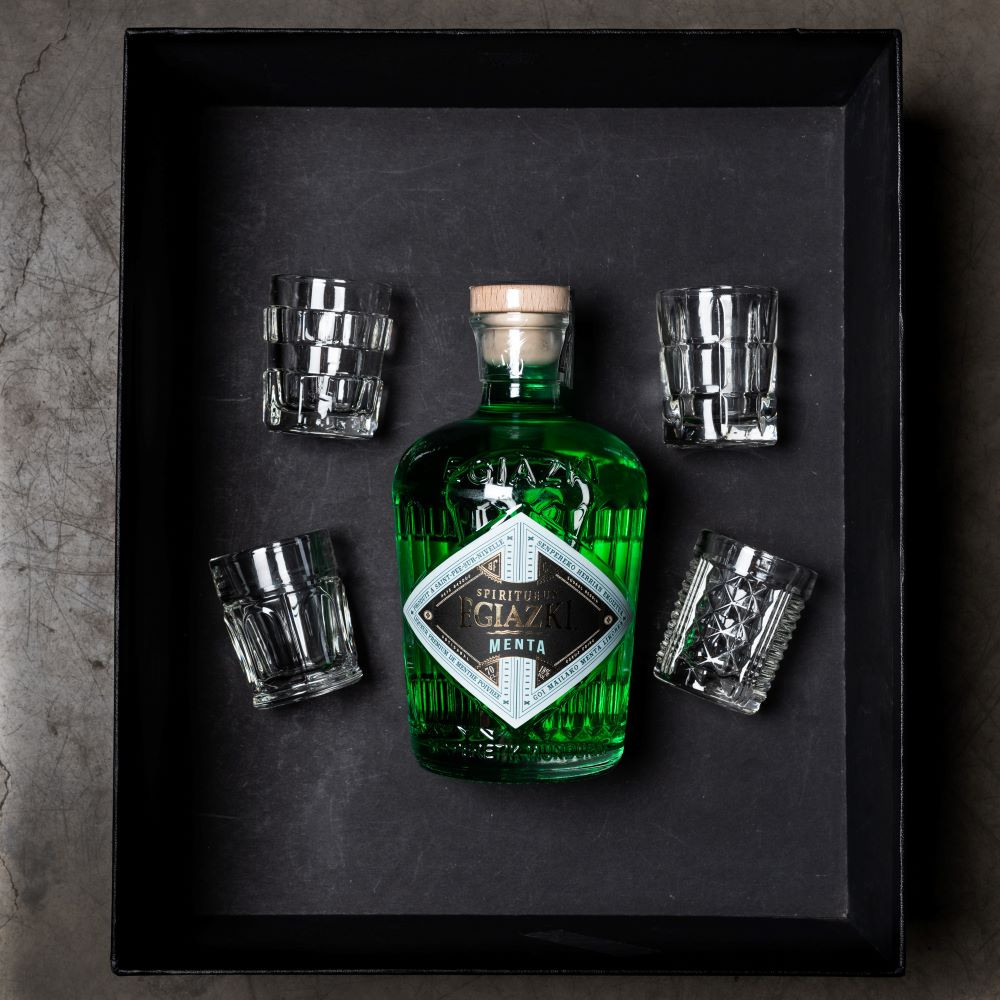
 0
0





 0
0
"An elegant bottle of traditional 'vin cuit' made at the Château Virant winery that will quickly become an essential as an aperitif or to accompany Christmas sweets. Produced according to an old Provençal recipe, the cooked wine is grape juice, reduced in a large cauldron and then put to ferment. The result is a burnt bread color with aromas of quince, ripe melon and caramel. After aging for two years in oak barrels, it offers a pleasant amplitude on the mouth. "
"The cooked wine will go perfectly with the 13 Christmas desserts. It can also be served chilled as an aperitif for lovers of sweet wine."
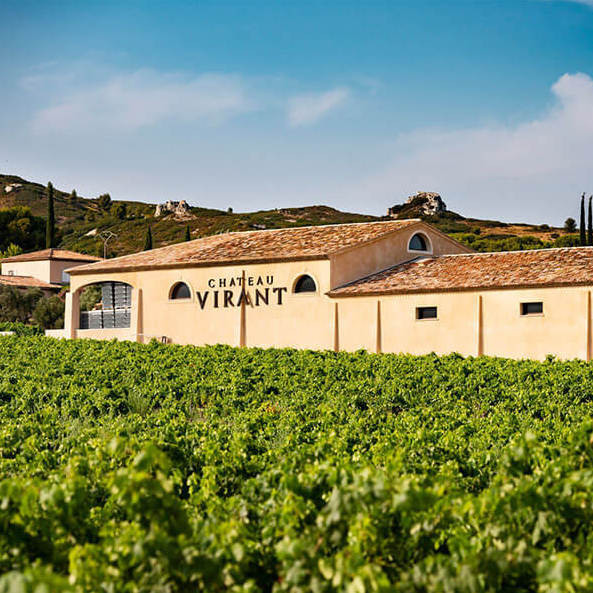
Dès 1632, les prémisses de futur Château Virant sont en marche. Les terres sont plantées de vignes et d'oliviers et les premières vinifications débutent dans une cave souterraine.
